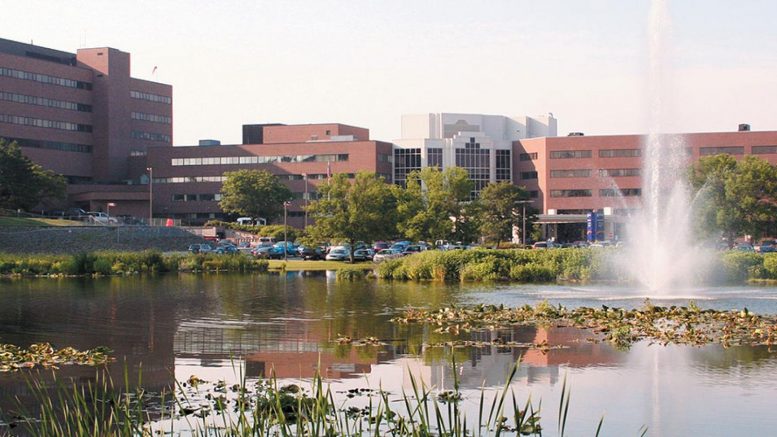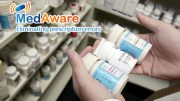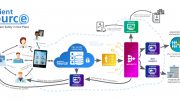Guthrie, a not-for-profit health system serving southern New York and north-central Pennsylvania, has achieved outstanding results in its teleStroke program as a result of working with SOC Telemed (SOC).
Guthrie improved its critical measures endorsed by the American Heart Association/American Stroke Association, which are the percentages of eligible patients receiving thrombolytics and those receiving it within 60 minutes of arrival to the emergency room.
The Guthrie health system rolled out the SOC Telemed solution for emergent stroke care at its flagship Robert Packer Hospital (RPH), and the program was an immediate success. The support from SOC Telemed led to a decrease in transfers and dramatic increase in thrombolytic administrations, and RPH gained accreditation as a Primary Stroke Center from The Joint Commission. Additionally, the solution provided relief for emergent stroke care across the entire health system.
Guthrie RPH serves as the hub hospital in a hub-and-spoke model. With teleNeurology care, stroke expertise is provided at the point of care for emergent stroke, without requiring neurologists or patients to travel. Without teleNeurology, Guthrie RPH could not consistently deliver timely consultations on thrombolytic administration.
“One of the main reasons we began working with SOC Telemed was to improve the administration of Alteplase in the ED,” says Allison Caccia, Registered Nurse at Guthrie RPH. “We needed to have providers on call who could respond promptly, as time is of the essence with stroke care.”
Guthrie RPH saw its thrombolytic administration rate increase from 17% in 2016 to 51% in 2019. The recommended door-to-needle administration time within 60 minutes of arrival to the emergency room improved from a rate of 33% in 2014 to 79% in 2019.
“Guthrie RPH and the entire Guthrie health system are responsible for the well-being of millions, and their adoption of the SOC Telemed solution should provide a playbook to other major health systems in time-sensitive environments,” says Dr. Jason Hallock, Chief Medical Officer of SOC Telemed.
In addition to naming the project a clinical success, Guthrie also highlights, in a recent release, that the teleNeurology program pays for itself, with a 98% return based on the incremental increase in stroke volume and thrombolytic administrations on patients seen by RPH.





